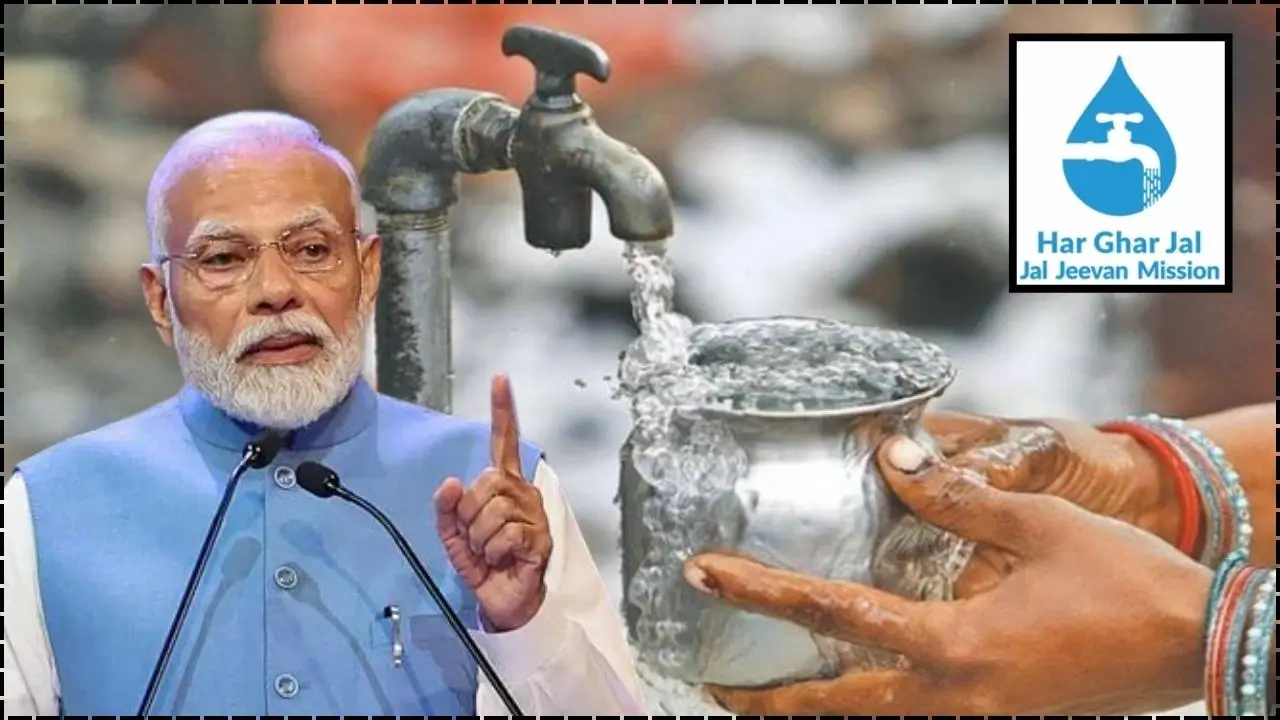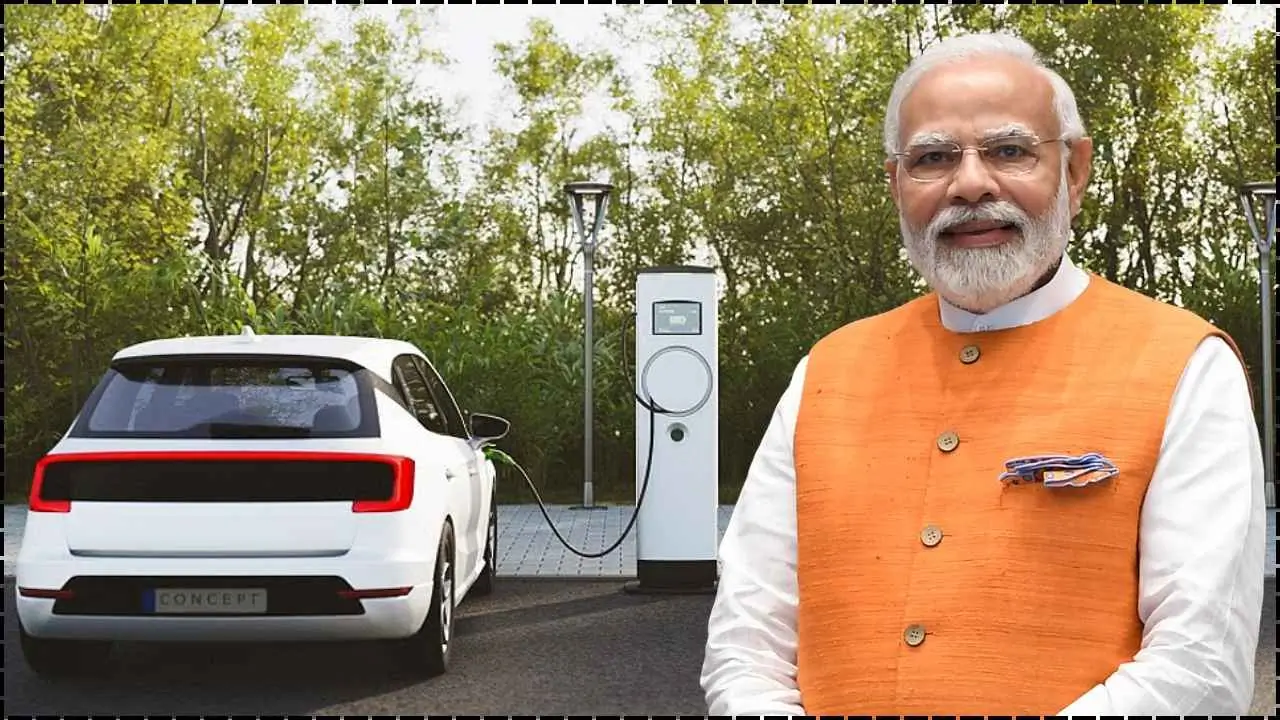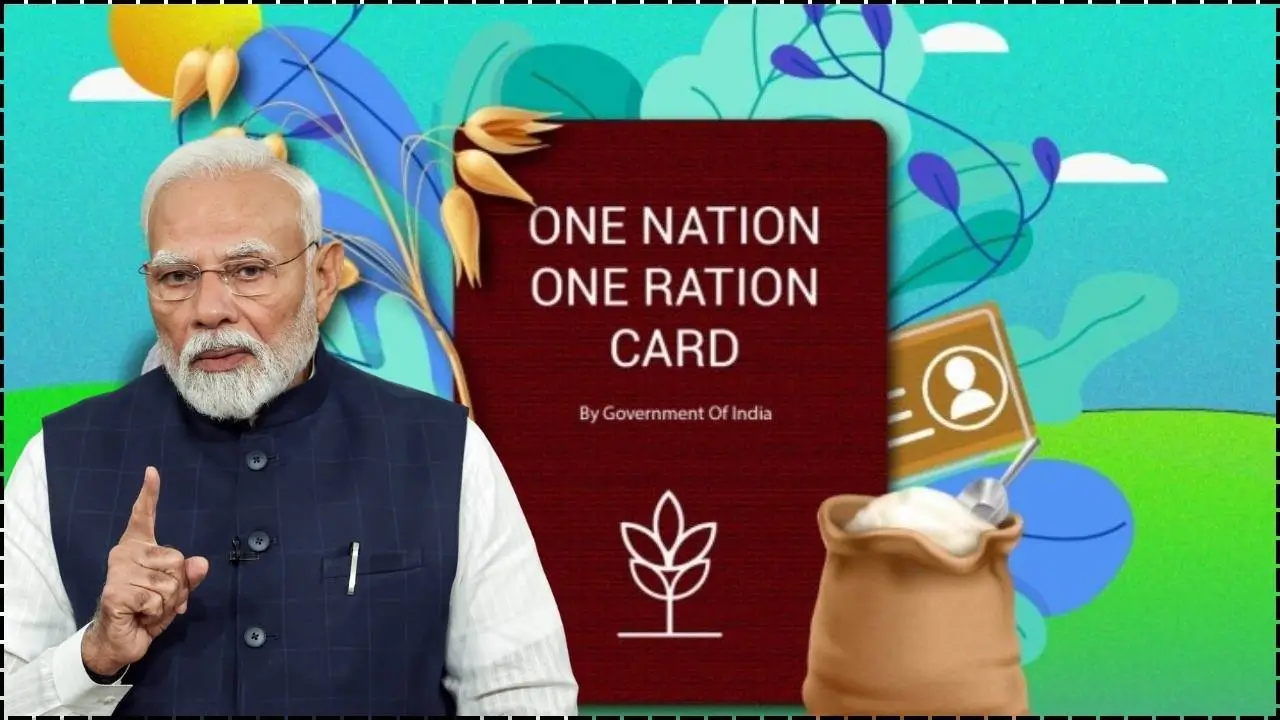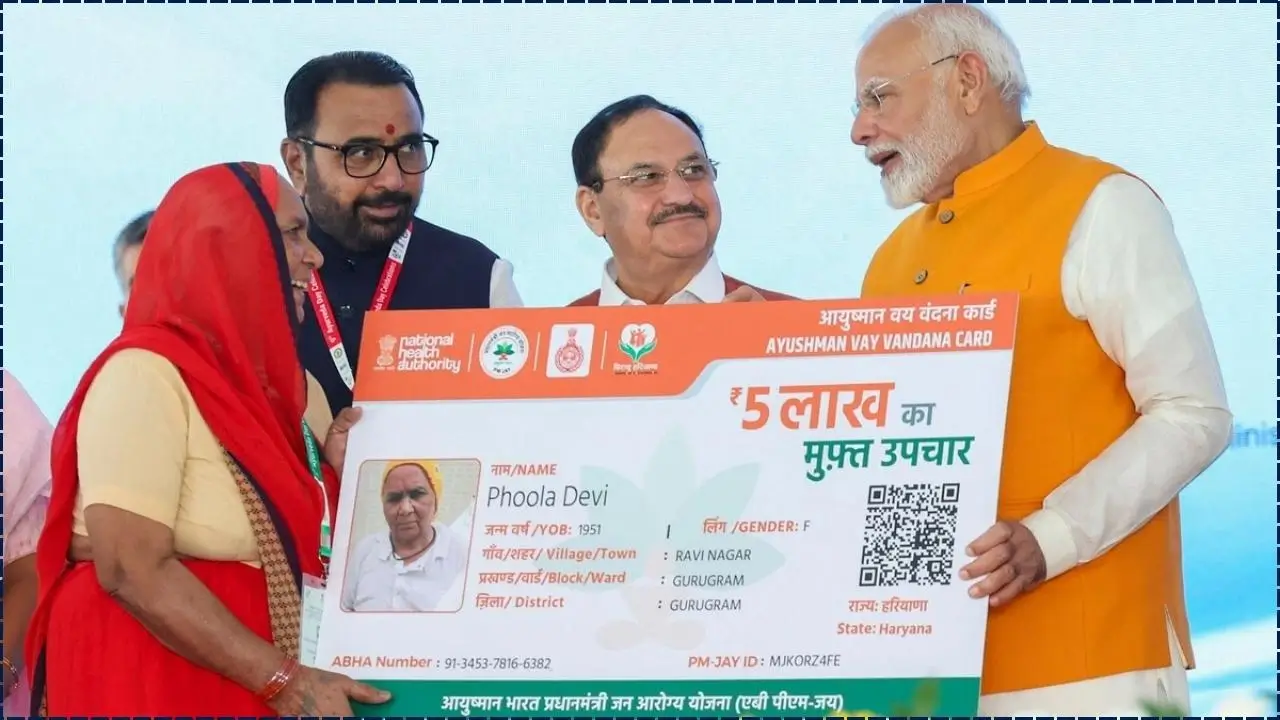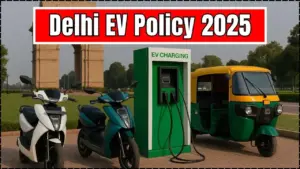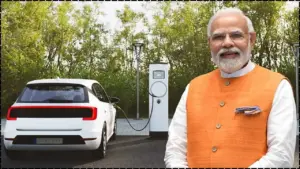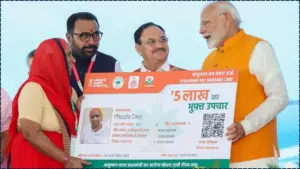The Delhi Government has announced a revised Electric Vehicle (EV) Policy for 2025, featuring several new benefits aimed at making EVs more affordable and accessible. The policy targets increasing the adoption of electric vehicles to help the city meet its air quality improvement goals and reduce dependence on fossil fuels. With expanded subsidies, charging infrastructure, and incentives for women, the new policy brings a comprehensive approach to promoting green transportation in Delhi.
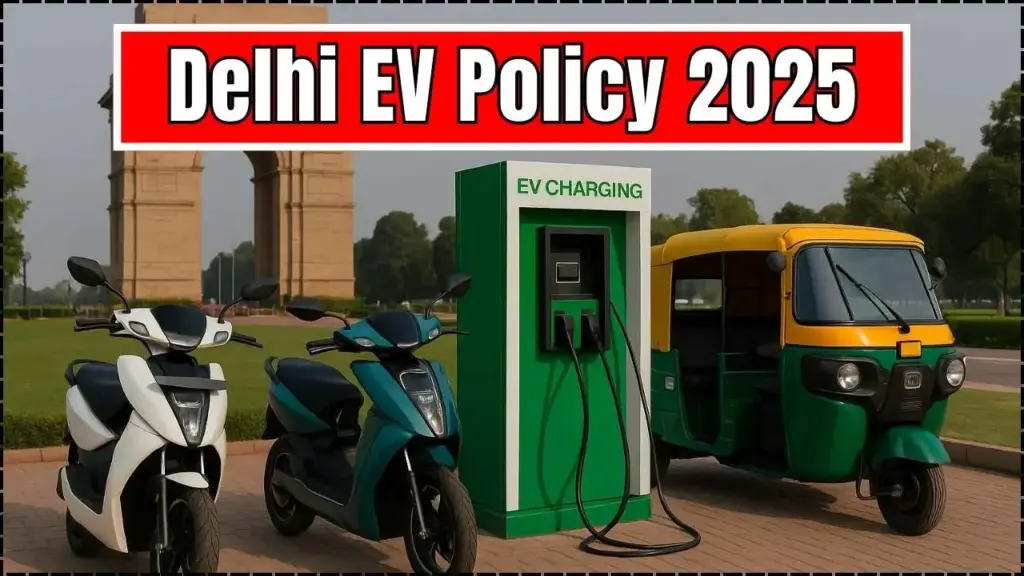
The Delhi EV Policy 2025 is a comprehensive and forward-thinking approach to combat the city’s pollution challenges while fostering green mobility. By offering increased subsidies, enhanced infrastructure, and additional incentives for women, the policy seeks to accelerate the transition to electric vehicles, which are seen as critical to Delhi’s long-term sustainability goals. As the city continues to improve its EV infrastructure, residents are expected to benefit from cleaner air, economic growth, and more affordable transportation options.
Key Features of the Delhi EV Policy 2025
The 2025 EV Policy introduces several new incentives for potential EV buyers, including more significant subsidies and support for women and marginalized groups. The measures aim to overcome the barriers to EV adoption, such as cost and charging infrastructure, by making EVs more affordable and convenient for residents.
1. Increased Purchase Subsidies
To make EVs more affordable for buyers, the government has increased subsidies across various categories of electric vehicles.
- Electric Two-Wheelers: A subsidy of ₹10,000 per kilowatt-hour (kWh) of battery capacity, with a maximum subsidy of ₹30,000 per vehicle, is now available for electric two-wheelers.
- Women Buyers: In an effort to empower women, an additional ₹12,000 per kWh subsidy, capped at ₹36,000, will be provided to the first 10,000 women buyers of electric two-wheelers. This move is designed to encourage women’s participation in the green mobility revolution.
- Electric Three-Wheelers (L5N): The subsidy for electric three-wheeled goods carriers has also been enhanced, with ₹10,000 per kWh available, up to ₹45,000.
- Electric Four-Wheelers (N1): For electric four-wheeler goods carriers, a subsidy of ₹75,000 will be offered.
2. Enhanced Charging Infrastructure
To ease the shift to electric vehicles, the Delhi government is focusing heavily on expanding the EV charging infrastructure. Some of the key initiatives include:
- Fast-Charging Stations: The policy mandates that fast-charging stations will be set up every 5 kilometers along major corridors, including the Outer Ring Road, to reduce range anxiety and make EVs more convenient for daily use.
- Battery Swapping Stations: The introduction of battery swapping stations is expected to provide quick charging solutions, particularly for two-wheeler owners. This will allow users to swap depleted batteries for fully charged ones, significantly reducing downtime.
- Private Charging Points: The policy encourages setting up private charging points at both residential and commercial premises. Incentives will be provided to those who install charging stations at their locations, making it easier for individuals to charge their EVs at home or work.
3. Targeted Support for Women
In a bid to promote gender equality in the EV space, the Delhi EV Policy 2025 provides special incentives for women buyers. Along with the ₹36,000 subsidy on two-wheelers, women are also given priority in some public initiatives, such as:
- EV Fleet Operator Programs: Women will be encouraged to take part in electric fleet operator programs, which will help them operate electric taxis and transport vehicles.
- Job Creation for Women in EV Sector: The policy also seeks to create up to 20,000 jobs in the electric vehicle ecosystem for women, especially in areas like manufacturing, service stations, and charging infrastructure development.
4. Retrofitting and Scrapping Incentives
To ensure that older, polluting vehicles are phased out, the government has introduced the following incentives:
- Retrofitting Subsidy: A ₹10,000 subsidy will be provided for retrofitting old internal combustion engine (ICE) two-wheelers with electric kits. This will help individuals transition to cleaner alternatives without having to buy new vehicles.
- Scrapping Incentives: The policy also includes a ₹20,000 incentive for scrapping old CNG auto-rickshaws that are more than 12 years old. This aligns with the government’s goal to reduce emissions and promote the adoption of cleaner vehicles.
Related Links
New Education Policy 2025: What Changes for Students and Exams?
Check West Bengal Digital Land Records Status Online: Here’s How It Works
Apply for Telangana e-District Services Online: Step-by-Step Process Explained
Long-Term Implementation Timeline
The Delhi EV Policy 2025 is set to remain in effect until 2030. However, key targets include:
- 95% Electric Vehicle Adoption: The government aims for 95% of new vehicle registrations in Delhi to be electric by 2027.
- Electrification of Public Transport: By 2027, all public transport vehicles, including buses, taxis, and garbage trucks, are expected to be fully electric, drastically reducing the city’s carbon footprint.
FAQ About Delhi EV Policy 2025
Q: How much subsidy can I get for an electric two-wheeler under the 2025 Delhi EV Policy?
A: You can receive a subsidy of ₹10,000 per kWh of battery capacity, up to ₹30,000, with an additional ₹12,000 for women buyers, making the total subsidy for women up to ₹36,000.
Q: How will Delhi improve charging infrastructure for EVs?
A: The policy ensures that fast-charging stations will be installed every 5 kilometers along major roads, and battery swapping stations will be introduced to ease the charging process.
Q: Are there any incentives for scrapping old polluting vehicles?
A: Yes, there is a ₹20,000 incentive for scrapping old CNG auto-rickshaws older than 12 years, promoting cleaner alternatives.
Q: What is the target for electric vehicle adoption in Delhi by 2027?
A: The government aims for 95% of new vehicle registrations to be electric by 2027, which will significantly reduce emissions.



